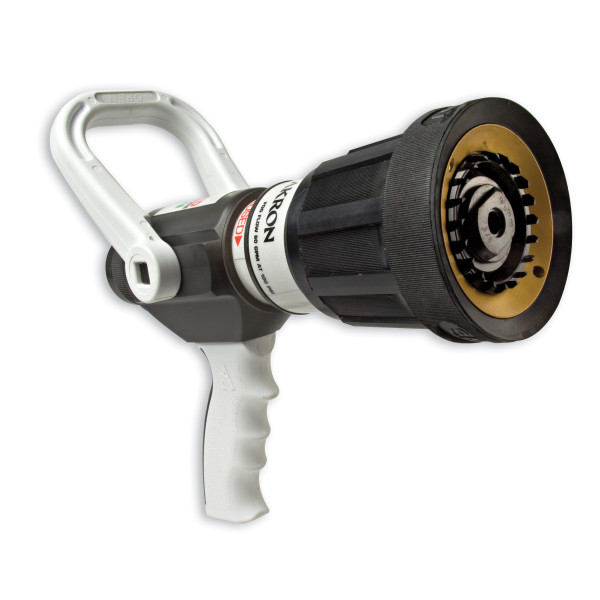High pressure water sprayer nozzles in fire safety

Spray nozzles with high velocities (HV) are mostly employed to defend against fixed hazards. For the protection of fixed hazards like transformers and circuit breakers, they are employed in water spray systems. In order to douse the fire, it spreads the water flowing from the line into a predetermined flat pattern that extends all the way to the ground or surface. High velocity spray nozzles have varying k factors and range in angle from 75 to 100.
Fire prevention technique which is used in high velocity water spray systems.

HVWS: High Velocity Water Spray System
For the purpose of putting out fires using liquids with flash points of 65C (150F) or above, high velocity water spray systems are deployed. Transformers are protected by a high-velocity water spray system.
The method is based on the concept of “emulsification” to extinguish fires as well as the cooling and smothering effects of the water jet. Due to the high velocity discharge, the precisely designed nozzle sprays water and produces a thin mist. The water jet discharges a cone-shaped, uniformly-density coarse spray across a predetermined area. The nature of the flammable liquid is fundamentally altered by the coarse spray, which can penetrate the flame zone and reach the burning oil’s surface. In order to create a transient emulsion with water that cannot burn, it causes the oil to be split up into tiny globules.
Primary functions of Nozzles:
There are three primary uses for nozzles:
1. shape creation
The spraying of water or foam must be done in accordance with the circumstances. While some circumstances call for a straight stream’s reach and penetration, others call for a wide-angle fog spray’s heat-absorption capacity or radiant heat protection.
2. Transmit Range
Water pressure is converted to velocity when the nozzle places a restriction at the waterway’s end. Reach is made possible by velocity, and reaching the required location for the water is a must.
3. Control Flow
The flow of fluid is controlled by the orifice size in the nozzle’s exit.
Types of water sprayer nozzles
- Smooth-Bore Fire Nozzles

An example of a manual nozzle is the smooth-bore fire nozzle, which has a straightforward cylindrical construction without any internal components to help with pressure or gallonage control. Compared to all other wildland firefighting nozzles, they are renowned for having the best reach/gpm combination. Even though they have the highest reach/gpm ratio, they also have the lowest engine pump pressures.
- Constant Gallonage Spray Nozzles

The constant gallonage spray nozzle is an additional variant of fire hose nozzle. When given the necessary nozzle pressure, a constant gallonage spray nozzle is a kind of firefighting nozzle that releases water at a constant gpm that is predetermined by the manufacturer. In other words, it continuously releases the same amount of water.
- Automatic Spray Nozzles

Automatic spray nozzles, often referred to as constant pressure spray nozzles, are a form of adjustable fire nozzle that has a range of water patterns and maintains a largely constant pressure while flow rates change. Straight stream, narrow fog, and wide fog are a few possible water patterns that an autonomous spray nozzle might produce.